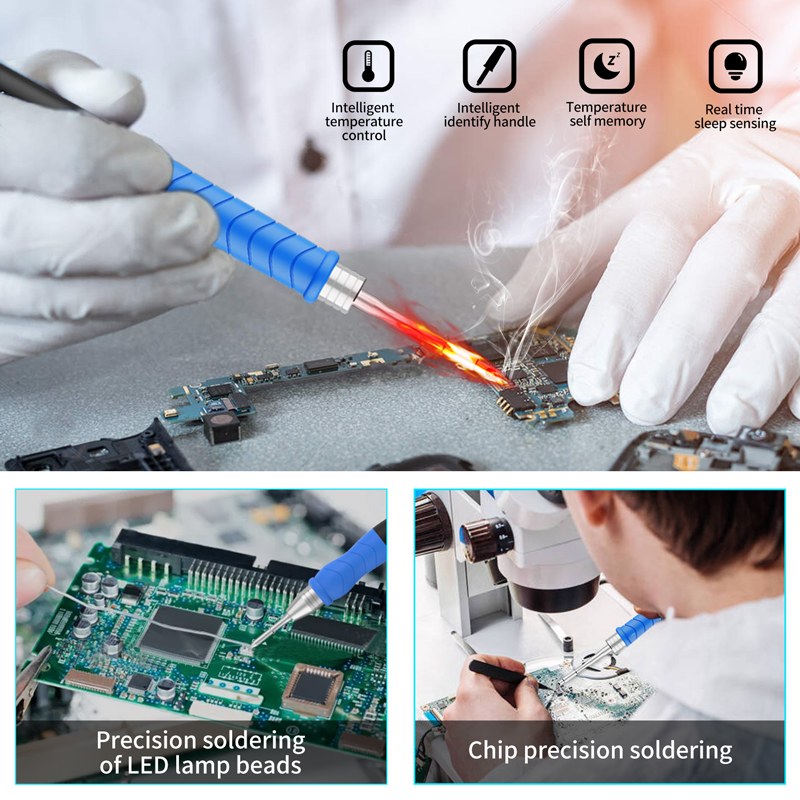
Micro soldering has become an essential part of the electronics repair and production industry. However, due to the high temperatures involved, micro soldering operations can cause damage to sensitive components and boards. In order to minimize heat damage, there are a number of techniques that can be used.

1) Selective Soldering: One of the most effective techniques that can be used to minimize heat damage during micro soldering is called selective soldering. Selective soldering uses a series of nozzles to pinpoint solder areas and thus reduce the amount of time that each component is exposed to high temperatures.
2) Use Appropriate Soldering Methods: Different micro soldering methods require different temperatures and times of exposure. For example, fluxless soldering is often used on sensitive components, as it requires lower temperatures than traditional soldering methods. Additionally, the use of lower temperatures can reduce the likelihood of heat damage.
3) Use Heat Sinks: Heat sinks are devices that dissipate heat away from components during soldering. By using a heat sink, you can reduce the amount of heat that is transferred to the component itself. Heat sinks can also be placed in-line on wires to reduce the heat that would normally be transferred to the wiring itself.
4) Take Breaks: It is important to take regular breaks during micro soldering operations. This is especially true if you are dealing with large, delicate components such as integrated circuits. Taking regular breaks can help reduce heat damage by allowing components to cool down periodically.
5) Use Desoldering Tools: There are a number of tools that can be used to remove solder and reduce the amount of time that components are exposed to high temperatures. Desoldering wicks and hot-air rework stations are two examples of such tools.
By using these five techniques, electronics repair and production teams can reduce the amount of heat damage that can occur during micro soldering operations. Additionally, these techniques can be used to improve the overall speed and quality of the soldering process.
 WhatsApp
WhatsApp